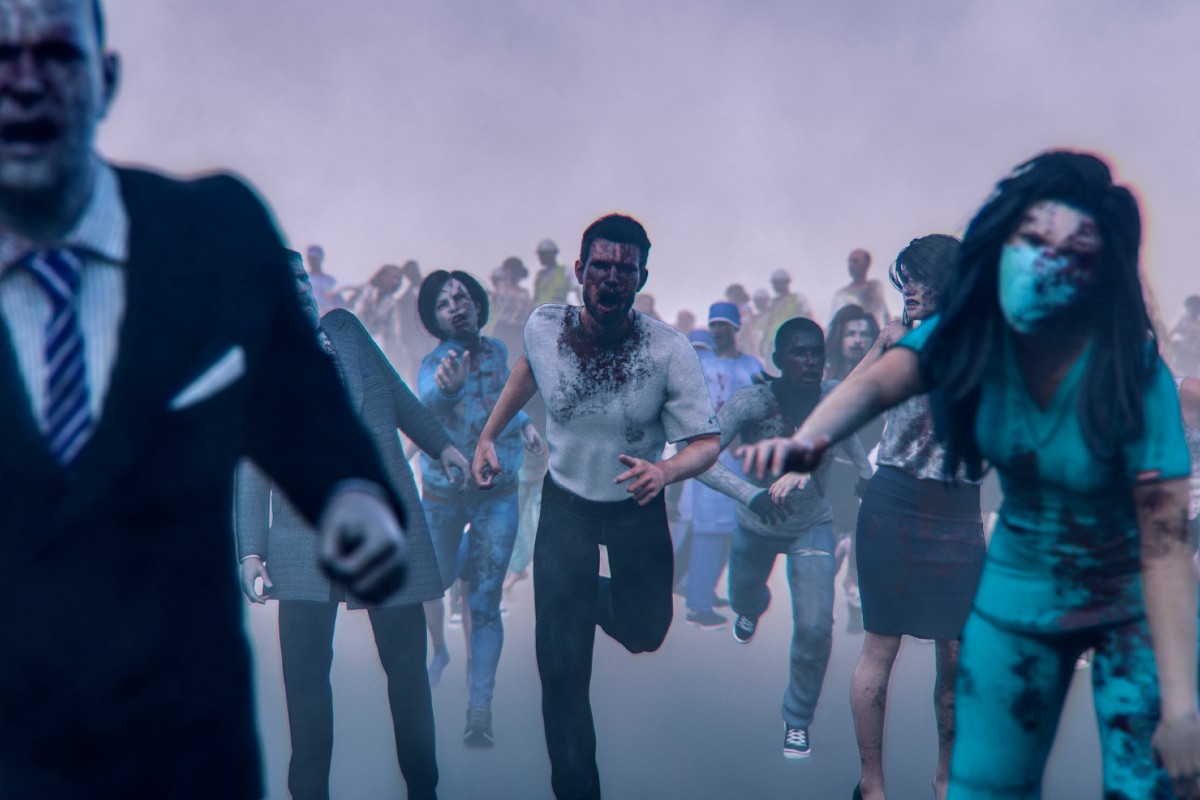They walk among seemingly strong product portfolios, cannibalizing sales and draining your budget.
In recent months, The Coca-Cola Company has been on a zombie-killing spree – or, in other words, it’s getting rid of underperforming brands, products, flavors, etc. and focusing in on its more popular offerings. This got us thinking. Surely other companies with large product portfolios have a few chronic underachievers among the lot. How can you tell when it’s time to part ways? And, honestly, why bother?
Why Kill Zombie Products?
Essentially, zombie products are evil. They’re draining sales away from healthy brands and eating into revenue while racking up their own costs. (Actually, this sounds more like vampire products, but we’ll stay with the zombie metaphor.) And, unlike mythical zombies, you may not even notice they’re a threat.
For many companies, killing off chronic underperformers may mean eliminating long-held, long-loved brands. And this can seem like a poor move, customer-loyalty wise. But the costs of manufacturing, materials/ingredients, logistics, sales, distribution, etc. can be high. Are sales high enough to justify these costs? Do you have a clear picture of how much these products are cannibalizing revenue from other brands?
So, your first step in hunting down zombie products is taking a clear, cold, hard look at the data.
AI, Your Product Zombie Location Device
A disciplined approach to portfolio management is more essential than ever, given today’s unstable economic climate. Fortunately, AI can help businesses get an accurate look at what’s going on under the surface of their product portfolio.
- By compiling multiple sources of information and uncovering hard-to-see relationships, AI gives us a clearer picture of how a given product is actually performing. Unlike humans, AI isn’t prey to nostalgia or hampered by a fondness for history; it only cares about data and won’t soften hard facts if our pet brands or products are not performing up to par.
- Another thing that AI is great at is charting performance over time. This helps us avoid false hopes that “things aren’t that bad” or “Product X will recover” or “It’s just a temporary slump”. A thorough analysis of performance data can be a real eye-opener!
- AI helps us do our due diligence – analyzing markets, creating demand forecasts, estimating the impact of various variables, etc. When it comes time to tweak an existing product or launch a new one, AI can give us a better idea of what features/tastes/combinations will do well.
If your research indicates a brand or product has been in the slow lane to nowhere for an extended amount of time, you’re in good company. As we’ll see in the next section, failure doesn’t always equal an absolute loss.
Examples from Coke, McDonald’s, and Taco Bell
Numerous companies have been courageous enough to kill off underperforming brands or products. New Coke is the classic example. In a blog post, Francisco Crespo, former Chief Growth Officer at The Coca-Cola Company, explains, “Perhaps one of the best zombies in our company’s history was New Coke, which was the result of a carefully thought-out strategy that was extensively researched and powerfully executed. It’s often called the most successful brand failure, as it catapulted original Coca-Cola to new growth momentum. The lesson of New Coke was not so much the conviction to launch it but the courage to withdraw it after less than 80 days.”
More recently, fast food giants Taco Bell and McDonald’s have been paring down menu items – including some nostalgic favorites – to simplify complexities and trim costs. In all three instances, the lesson is clear: Don’t be afraid to let go of the past (even the very recent past, in the case of New Coke) if you want to position yourself for success in the future.
Apple presents a modified version of this lesson. When it launched the iPad, the company knew the new product would eat into sales of its existing (and, at that time, uber-popular) iPod. Now, of course, the iPad has the largest share of the tablet manufacturing market, while the iPod has been reduced to a single offering aimed at a specific audience.
Learn from the Zombie Product Horde
As we see from Apple’s example, sometimes cannibalization is a good thing; it leads to an expanded reach, growth, and success. But for the most part, we want to limit cannibalization as much as possible; we definitely want to avoid zombie brands and products, who gobble up sales without contributing to a proportional uptick in reach or growth.
Even so, don’t think of zombie products as the ultimate lost cause. Kill ‘em if they’re not working, but learn from them along the way. Leverage that knowledge for a better connection with your customers and a better understanding of what they want. AI will not only help you identify which products need to go; it can also help you turn them into a learning experience.
Related Absolutdata products and services: AI & Data Sciences, NAVIK AI Platform, Marketing Analytics































